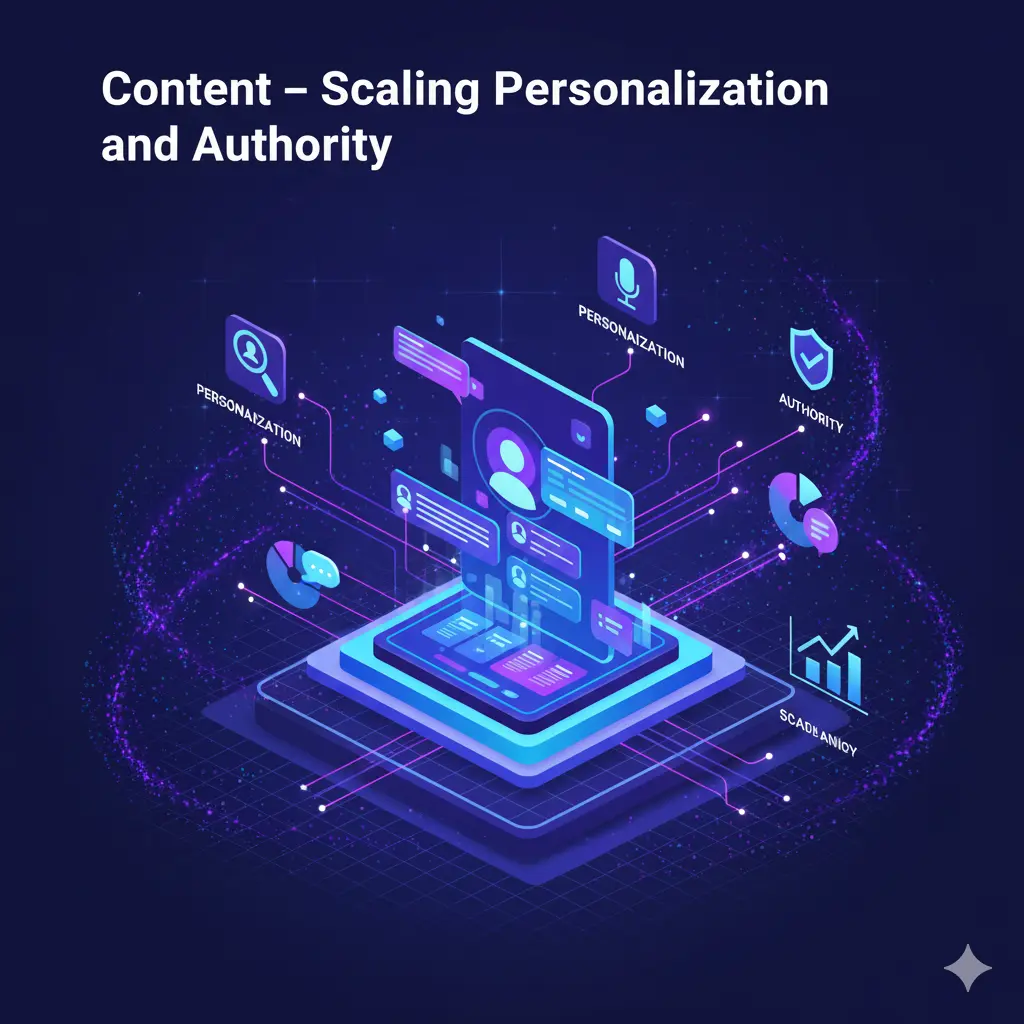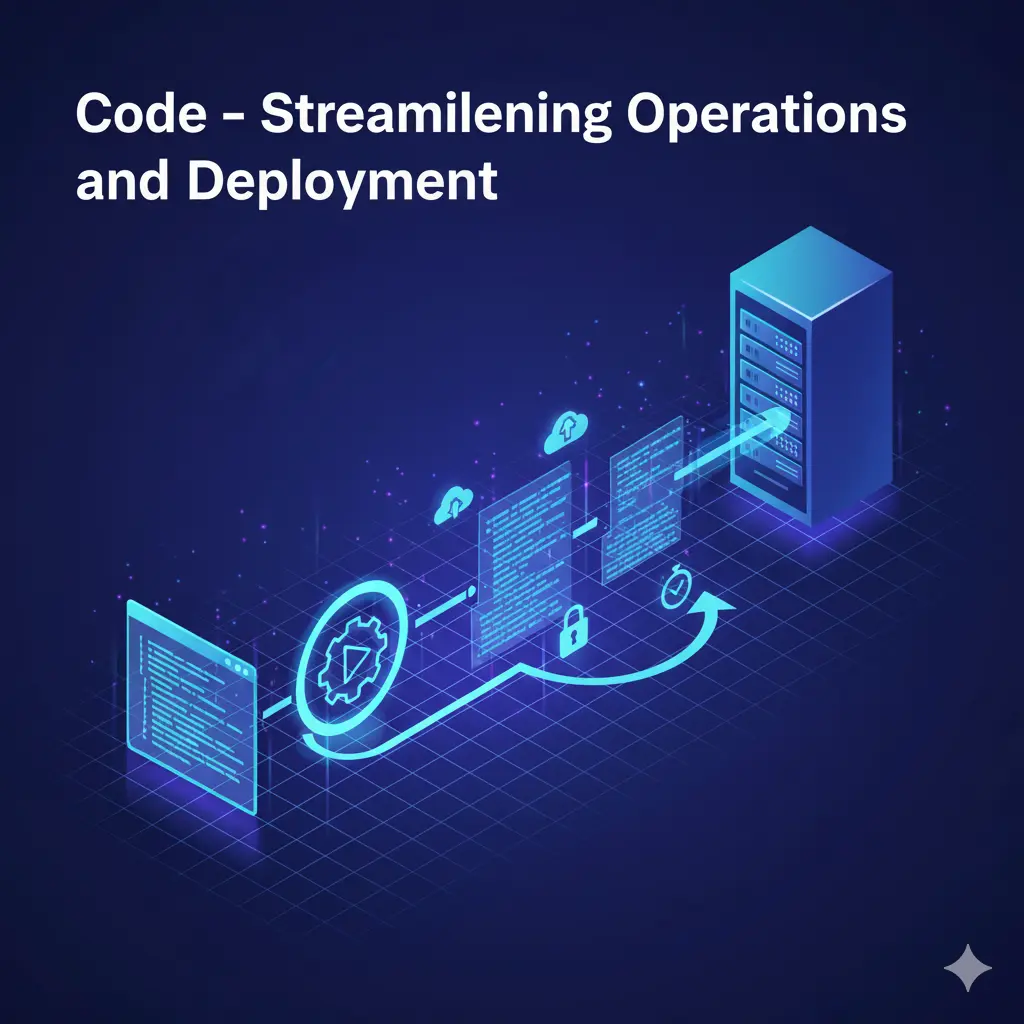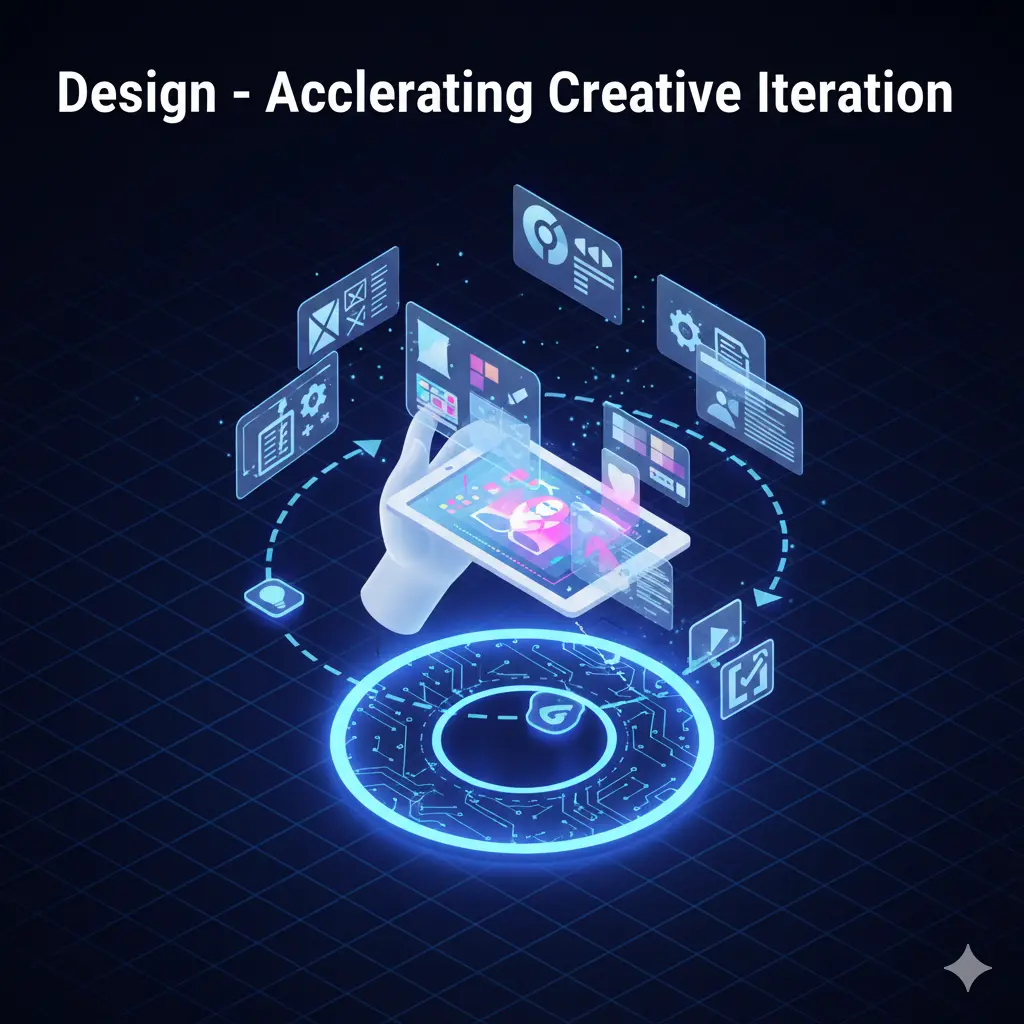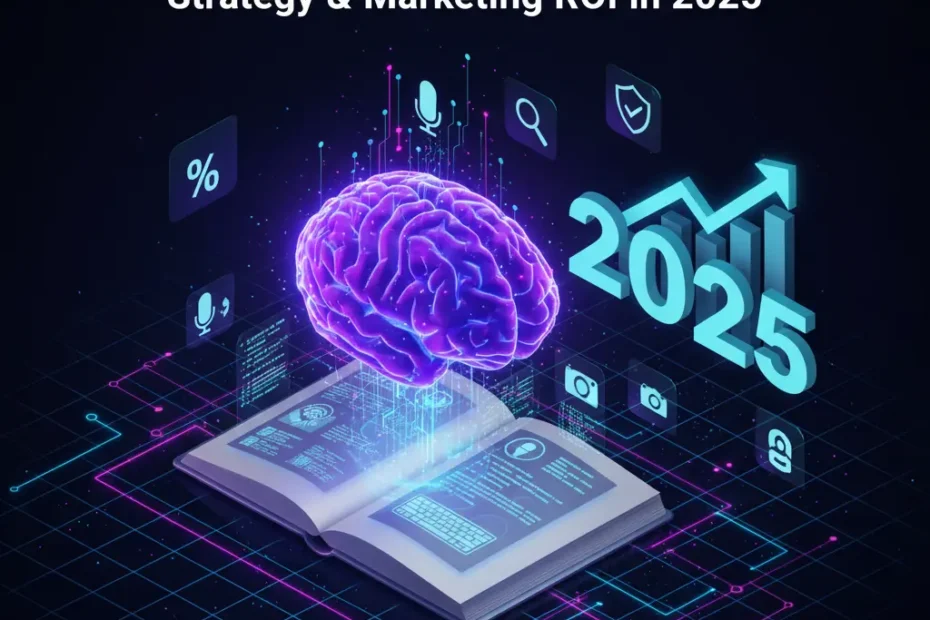Master your 2025 Generative AI Content Strategy with this executive guide. Learn how to implement generative AI in marketing to achieve measurable ROI across Content, Code, and Design, optimized for SEO, AEO, and GEO.
In the hyper-competitive landscape of 2025, Generative AI for business is no longer an innovation—it is a mandatory driver of profit. The clear value proposition for the executive suite is this: Generative AI directly boosts marketing ROI by accelerating content production, hyper-personalizing customer journeys, and drastically reducing time-to-market for creative assets. Companies embracing this shift are seeing impressive gains, with many executives reporting a significant return on investment within the first year, driven by as much as a 46% increase in content creation speed. To lead successfully, executives must pivot their focus from mere content creation to strategic content orchestration, leveraging AI across the core pillars of digital execution: Content, Code, and Design.
This executive playbook provides a clear, three-part strategy for integrating generative AI into your marketing engine, ensuring your brand maintains visibility in the age of conversational search and AI-driven answers.
Part 1: Content – Scaling Personalization and Authority

The most immediate and high-impact application of generative AI is in content production and optimization. It enables a level of personalization and volume that was previously unattainable, critical for an effective Generative AI Content Strategy.
Traditional SEO (Search Engine Optimization) focuses on organic rankings. Today’s strategy must also account for AEO (Answer Engine Optimization) and GEO (Generative Engine Optimization). AEO and GEO are the practices of structuring content to be easily understood, summarized, and cited as a trusted source by Large Language Models (LLMs) and conversational AI interfaces (like in search answer boxes).
The Power of AI: AI-driven content automation tools are used to instantly analyze market trends and content gaps. This allows your team to maintain AI content strategy USA relevance by rapidly generating or optimizing long-form articles, ad copy, and social posts tailored to real-time user intent and conversational queries.
Actionable Step: Implement structured data (Schema markup), clear headings, and concise, conversationally-written answers to common questions (FAQs) within your content. This ensures your expertise appears in the “zero-click” answers that AI platforms deliver.
Hyper-Personalization at Scale
Generative AI excels at translating vast amounts of customer data into meaningful, individualized content.
- Use Case: Instead of one email template for an entire segment, AI agents can generate thousands of unique, personalized subject lines and body copy versions based on individual customer behavior, purchase history, and real-time context. This level of hyper-personalization is proven to increase user engagement, conversion rates, and overall customer loyalty.
Part 2: Code – Streamlining Operations and Deployment

For marketing technology leaders, generative AI isn’t just about the words on the page; it’s about the efficiency and speed of the systems that deliver them. This is a crucial element for how to implement generative AI in marketing infrastructure.
Accelerated MarTech Operations
Generative AI tools are transforming the operational side of marketing, moving beyond simple automation to genuine creation in the development cycle.
- Use Case: AI code assistants can auto-generate snippets of code for landing pages, build basic HTML email templates, or even draft the underlying logic for custom A/B testing frameworks. For example, an AI agent can take a natural language prompt like “Create a high-converting sign-up form for mobile in red and white with a two-step process” and produce the necessary front-end code, drastically reducing development time.
- Business Impact: By employing generative AI in this space, your development teams can see up to a 32% quicker content editing and 46% faster content creation from a technical standpoint. This efficiency gain frees up high-value engineering talent to focus on complex, strategic MarTech projects rather than repetitive coding tasks.
Data Analysis and Insights Generation
Generative AI acts as a sophisticated data scientist, transforming complex, unstructured data into actionable insights for strategic decision-making.
- Actionable Step: Leverage AI to analyze content performance data and customer feedback. Ask an AI agent, “Why did the latest campaign in the Northeast underperform?” The agent can process social media sentiment, sales data, and website traffic to provide a clear, conversational answer and suggest next steps, improving planning strategies and competitive advantage.
Part 3: Design – Accelerating Creative Iteration

The demand for high-quality, on-brand visual assets has exploded, driven by the need for personalized campaigns across countless digital touchpoints. Generative AI delivers speed and variety in the creative pipeline.
On-Brand Asset Creation
Generative AI models trained on a brand’s unique style guide, historical assets, and visual identity can produce new, original images, videos, and layouts in minutes.
- Use Case: A marketing team needing 50 different hero images for a new ad campaign—each one slightly adjusted for various audience demographics and ad placements—can use AI to generate these variations almost instantly. This process maintains brand consistency while allowing for extensive A/B testing.
- Competitive Edge: This ability to rapidly iterate design is a critical differentiator in 2025. It moves the marketing team’s focus from the costly and time-consuming execution of basic assets to the strategic process of creative direction and final human-led curation.
Dynamic Creative Optimization (DCO)
Generative AI facilitates true Dynamic Creative Optimization by creating a feedback loop between ad performance and visual design.
- Strategy: An AI agent monitors ad engagement in real-time and, upon detecting a drop-off, can instantly generate new headline overlays, background colors, or product angle variations for the existing visual, then deploy the best-performing option without human intervention. This continuous, intelligent optimization is a powerful application of Generative AI for business growth.
Executive Imperatives: Your 2025 AI Roadmap
Successfully integrating Generative AI Content Strategy requires executive-level commitment to governance and talent development, especially for US-based organizations navigating emerging regulations.
- Lead with People, Not Tech: The most successful AI content strategy USA firms use AI to augment human talent, not replace it. Your team must be upskilled in “prompt engineering” and strategic oversight to manage the AI-driven content automation tools. Focus on fostering human creativity, contextual understanding, and empathy—the skills AI cannot replicate.
- Establish Clear AI Governance (GRC): Executives must implement robust governance, risk management, and ethical AI practices. This includes clear policies on data usage, content fact-checking to mitigate “hallucinations,” and ensuring compliance with evolving data privacy regulations.
- Focus on Value-Driven Use Cases: Do not chase every AI feature. Focus on the top three to five use cases that deliver measurable ROI, such as hyper-personalized outreach, accelerating code deployment for new campaigns, or mass-scale creative production. This is the core of how to implement generative AI in marketing with purpose.
